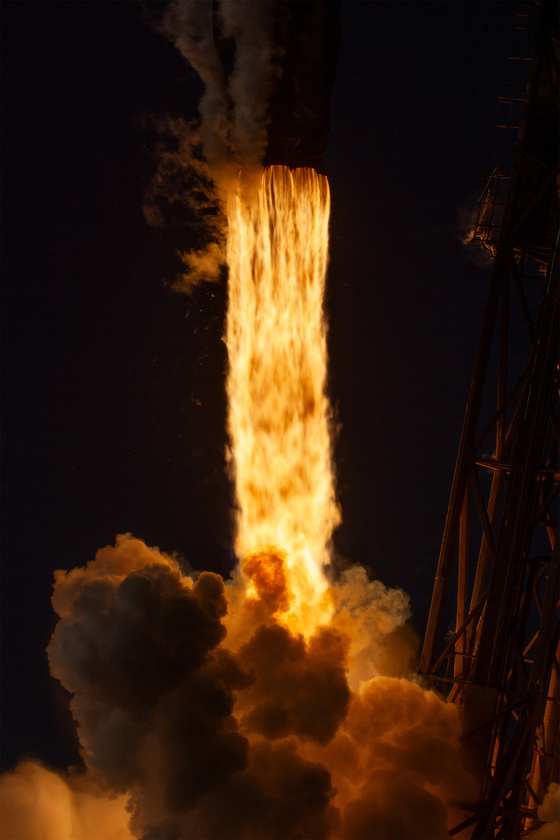The Israel Defense Force(IDF) and militant group Hezbollah confirmed on Saturday that the islamic group's leader and one of its founding members, Hassan Nasrallah, was killed in an Israeli airstrike in a southern suburb of Beirut.
The Israeli military said it carried out a "precision" airstrike on Friday while Hezbollah leaders were meeting at their headquarters in Dahiyeh, south of Beirut.
In Beirut’s southern suburbs, smoke rose and the streets were empty Saturday after the area was pummeled overnight by heavy Israeli airstrikes. Shelters were overflowing with displaced people. Many families slept in public squares, on beaches or in their cars.
The Lebanese Health Ministry said six people were killed and 91 injured in the strikes Friday that leveled six apartment buildings. Ali Karki, the commander of Hezbollah’s Southern Front, and other commanders were also killed, the Israeli military said.
Nasrallah, a dominant political and military figure for more than three decades throughout Lebanon and the Middle East, has been blamed for numerous deadly attacks on Israeli and Jewish targets. The longtime leader has been on Israel’s kill list for decades.
Immediately after confirmation of Nasrallah's death from Hezbollah, people starting firing in the air in Beirut and across Lebanon to mourn the leader's death.
Iran’s supreme leader Hezbollah benefactor Ayatollah Ali Khamenei announced five days of public mourning and called Nasrallah “the flag-bearer of resistance” in the region. Hundreds of protesters took to the streets of Tehran, waving Hezbollah flags and chanting “Death to Israel” and “Death to Netanyahu the murderer.”
The Palestinian militant group Hamas sent condolences to its ally, Hezbollah, and said “assassinations will only increase the resistance in Lebanon and Palestine in determination and resolve.”
National security observers and political commentators are calling Israel's actions an escalation that may lead to a wider regionaland global conflict, as Hezbollah may be forced to attack Israeli and American targets to avenge the humiliation caused by the systematic elimination of its leadership by the Jewish state.
Commentators in the growing anti-war right in America have condemned Israel's actions and warn the Jewish state against trying to drag the US into a war with Iran.
However Israel’s Chief of Staff, Lt. Gen. Herzi Halevi, said Saturday that the killing of Nasrallah was “not the end of our toolbox,” indicating that more strikes were planned. Defense Minister Yoav Gallant called it “the most important targeted strike since the founding of the State of Israel.” Late Saturday, Gallant’s office said he was meeting with top army commanders to discuss the expansion of military activities along Israel’s northern front.
In first public remarks since Nasrallah's killing, Prime Minister Benjamin Netanyahu said Israel’s targeting of Nasrallah was “an essential condition to achieving the goals we set.”
“He wasn’t another terrorist. He was the terrorist,” Netanyahu said. He warned the coming days would bring “significant challenges” and warned Iran against trying to strike.
“There is no place in Iran or in the Middle East that Israel’s long arm cannot reach. And today you know how much that is true,” Netanyahu said.
Earlier this month, thousands of explosives hidden in pagers and walkie-talkies used by Hezbollah detonated, killing dozens of people and maiming thousands, including many civilians. The sophisticated attack was reportedly carried out Israel's Mossad. Israel has killed several other top Hezbollah commanders in Beirut, especially in the past two weeks.
















